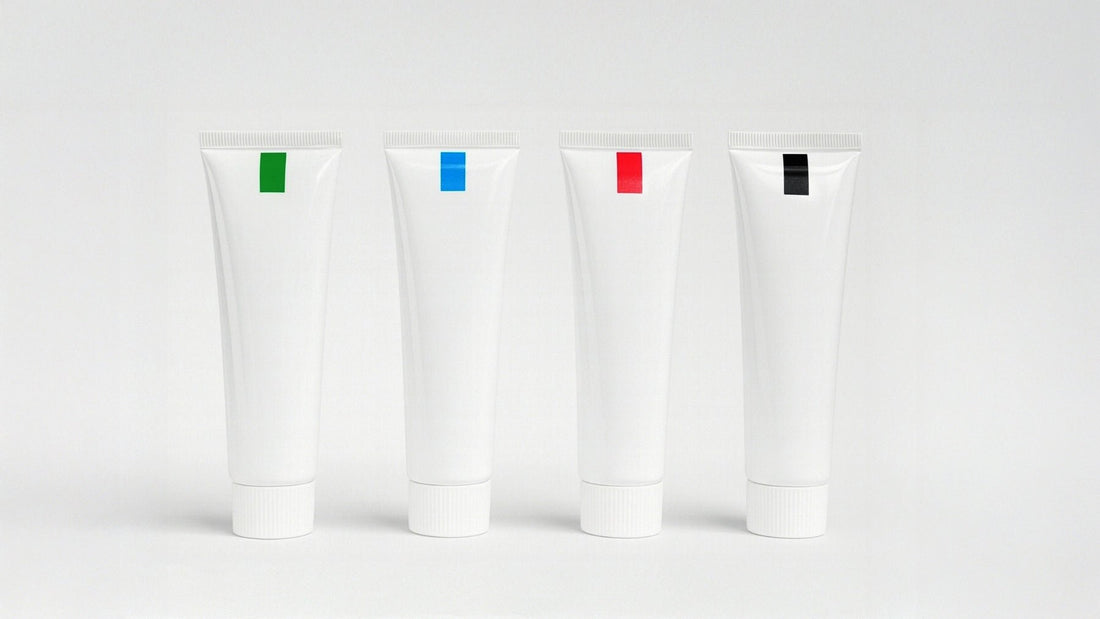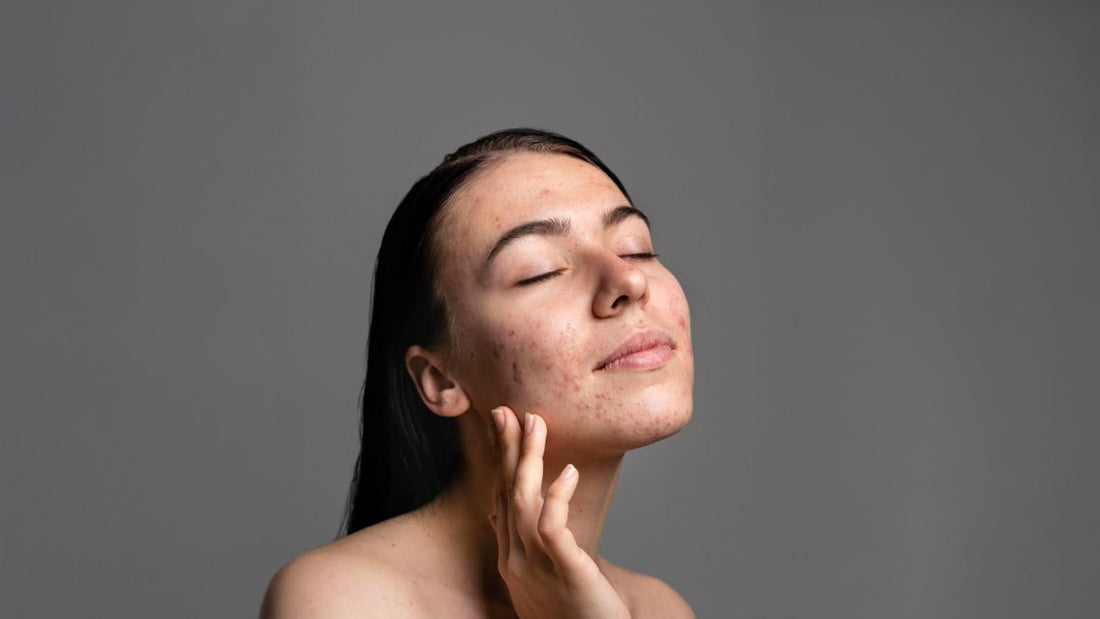It wouldn't be wrong to say that the sun is life. The sun offers many benefits. The most well-known is that it's the primary source of vitamin D. However, prolonged exposure to the sun, a cornerstone of life, can cause some damage to our skin. Therefore, it's necessary to use a protective product like sunscreen. So, when we use sunscreen, are we negating the benefits of the sun along with its harmful effects?
What is Vitamin D used for and how is it produced?
Vitamin D plays a role in many processes in our bodies. It regulates many vital processes, from bone health to the immune system. Vitamin D is synthesized by the skin when exposed to UV light. When UV rays, especially UVB light, come into contact with the skin, vitamin D3 is synthesized through a series of reactions. Additionally, vitamin D can be obtained through food.[2]
 The functions of vitamin D in the body
The functions of vitamin D in the body
The primary effect of vitamin D is to increase the amount of calcium in our bodies. It also has effects on the immune system and mood. Studies have shown that vitamin D deficiency may be associated with depression in individuals. [1][3]
The process of synthesis in the skin with sunlight
When sunlight or UV rays reach the skin, D3 synthesis occurs in the skin. D3 is then converted into a usable form by two different enzymatic reactions within the body. First, D3 is converted to 25-hydroxyvitamin D3 (25(OH)D) in the liver. Then, 25(OH)D is hydroxylated to 1,25-dihydroxyvitamin D3 (1,25(OH)2D) in the kidneys.[4] This resulting product reabsorbs calcium from our intestines, thus helping to maintain bone health.
 How Do Sunscreens Affect Vitamin D Production?
How Do Sunscreens Affect Vitamin D Production?
Sunscreens work by creating a barrier on the skin. While this barrier protects against the harmful effects of the sun, it also affects the amount of vitamin D3 produced in the skin. [5]
Does sunscreen block UVB rays?
Sunlight rays are classified as UVA, UVB, and UVC based on their wavelengths. These rays have different effects on the skin. UVB is the primary ray responsible for skin redness. It is also responsible for vitamin D synthesis in the skin. Sunscreens, depending on their properties, can block UVA, UVB, or both. [5][6]
What do scientific studies say?
When we stand in the sun in the summer, UVB photons from the sun enter the skin and cause the formation of vitamin D3. Sunscreens block these rays and also reduce the formation of vitamin D3. [7]
Prolonged exposure to unprotected sunlight can cause redness, itching, and even cancer. Furthermore, the amount of vitamin D produced varies from person to person depending on several factors. Many variables, such as when and how long we are exposed to the sun, our clothing, and individual factors, affect the amount of vitamin D produced in the skin. [5]
 How to Use Sunscreen and Prevent Vitamin D Deficiency
How to Use Sunscreen and Prevent Vitamin D Deficiency
Vitamin D deficiency is a common problem today. So, what should we be careful about to avoid vitamin D deficiency? Is not wearing sunscreen enough to cause vitamin D deficiency?
Controlled sun exposure
The best way to increase vitamin D levels is to expose skin unprotected to the sun for short periods of time and regularly. In other words, this is controlled sun exposure. However, prolonged exposure to the sun without protection is not beneficial. [5]
Recommended daily sun exposure time
It's impossible to give a definitive daily recommended sun exposure time, as this varies from person to person. An average would suggest 5-30 minutes of sun exposure without sun protection is sufficient. This amount depends on your skin type (if you experience redness or burning after 20 minutes, 10-15 minutes will be sufficient). [5] [8]
SPF selection and correct use
It wouldn't be right to blame sunscreen for the primary cause of vitamin D deficiency. Sunscreen use reduces vitamin D production, but it doesn't completely prevent it. Furthermore, many people lack sufficient knowledge about choosing and using the right sunscreen, which affects the quality of the protection provided. For more detailed information on choosing and using sunscreen, you can read our article : What is SPF? A Guide to Sunscreen Selection and Use .[9]
 Additional Tips for Maintaining Your Vitamin D Levels
Additional Tips for Maintaining Your Vitamin D Levels
Almost half of the world's population is deficient in vitamin D. While vitamin D is found in many foods, these foods are not as rich as many people think. Therefore, even a healthy diet may not provide adequate vitamin D intake. [8]
What foods contain vitamin D?
Cheese, eggs, and dairy products, which are often found in our diets, contain vitamin D. However, fatty fish such as trout, salmon, tuna, and mackerel are richer in vitamin D.[8]
How should supplement products be used?
Although vitamin D supplements are available over-the-counter, they should be used under the supervision of a doctor. A treatment plan should be developed based on an individual's blood count and any underlying health conditions. This personalized treatment plan will yield more effective results.
Vitamin D deficiency is a common problem today. Short-term sun exposure without sunscreen is sufficient to boost the body's vitamin D production. However, if you spend extended periods of time in the sun, sunscreen must be used; otherwise, skin health can be negatively affected. If you're looking for an effective and safe product to protect your skin from the sun, you can explore ourLife from the Sun products.
Source
[1] Ao, T., Kikuta, J., & Ishii, M. (2021). The Effects of Vitamin D on Immune System and Inflammatory Diseases. Biomolecules, 11(11), 1624. https://doi.org/10.3390/biom11111624
[2] Bikle, Daniel D. (2014). Vitamin D Metabolism, Mechanism of Action, and Clinical Applications. Chemistry & Biology, Volume 21, Issue 3, 319 – 329
[3] Webb, A. R. (2006). Who, what, where and when—influences on cutaneous vitamin D synthesis. Progress in Biophysics and Molecular Biology, 92(1), 17–25. https://doi.org/10.1016/j.pbiomolbio.2006.02.004
[4] Lips, P. (2006). Vitamin D physiology. Progress in Biophysics and Molecular Biology, 92(1), 4–8. https://doi.org/10.1016/j.pbiomolbio.2006.02.016
[5] Webb, A. R. (2006). Who, what, where and when—influences on cutaneous vitamin D synthesis. Progress in Biophysics and Molecular Biology, 92(1), 17–25. https://doi.org/10.1016/j.pbiomolbio.2006.02.004
[6] Yang, J. W., Fan, G. B., Tan, F., Kong, H. M., Liu, Q., Zou, Y., & Tan, Y. M. (2023). The role and safety of UVA and UVB in UV-induced skin erythema. Frontiers in medicine, 10, 1163697. https://doi.org/10.3389/fmed.2023.1163697
[7] Kimlin, M.G., Olds, W.J., & Moore, M.R. (2007). Location and vitamin D synthesis: Is the hypothesis validated by geophysical data? Journal of Photochemistry and Photobiology B: Biology, 86(3), 234–239. https://doi.org/10.1016/j.jphotobiol.2007.01.007
[8] Srivastava SB (2021). Vitamin D: Do We Need More Than Sunshine?. American journal of lifestyle medicine, 15(4), 397–401. https://doi.org/10.1177/15598276211005689
[9] Young, AR, Narbutt, J., Harrison, GI, Lawrence, KP, Bell, M., O'Connor, C., Olsen, P., Grys, K., Baczynska, KA, Rogowski-Tylman, M., Wulf, HC, Lesiak, A., & Philipsen, PA (2019). Optimal sunscreen use, during a sun holiday with a very high ultraviolet index, allows vitamin D synthesis without sunburn. The British journal of dermatology, 181(5), 1052–1062. https://doi.org/10.1111/bjd.17888





